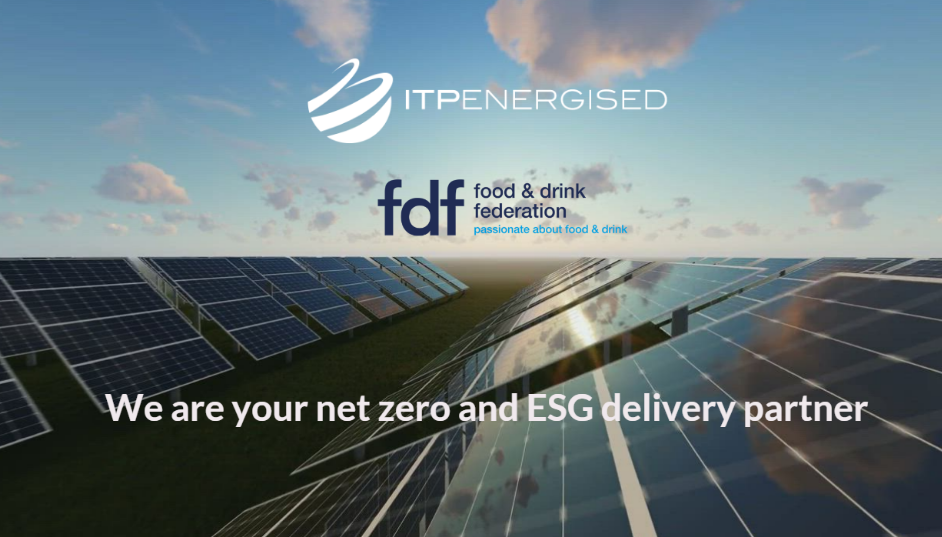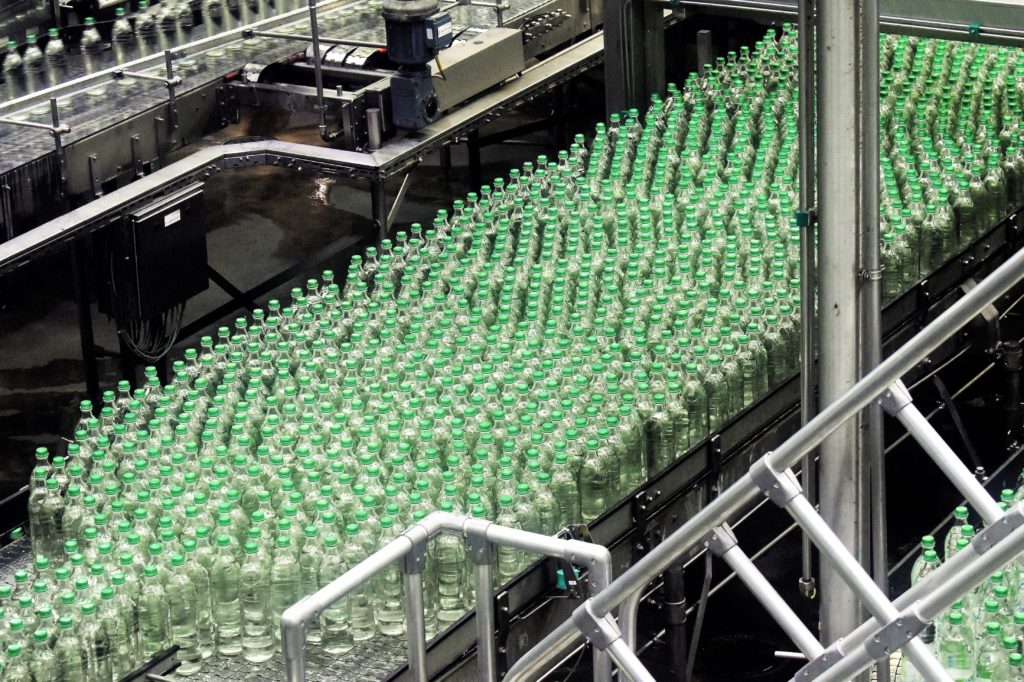The Environment Agency is undertaking a sector-wide review of all food and beverage Environmental Permits, with Regulation 61 notices being sent out currently to all operators on a subsector by subsector basis. This is the regulatory mechanism by which Permits keep pace with environmental best practice in the sector.
The review follows the publication of the revised Best Available Techniques (BAT) Reference Document (BRef) for Food, Drink and Milk industries, published 4th Dec 2019 and is designed to prepare operators for compliance with the BAT conclusions therein. The Regulation 61 notices include a comprehensive Excel-based reporting tool and require operators to review their processes against latest BAT and plan in any required corrective actions, or apply for derogations, before December 2023. More information can be found on the Environment Agency citizen space webpage.
Key changes include more stringent air and water emission limits, increased energy efficiency and an emphasis on environmental management systems. In addition, the reviews also cover a number of additional areas requiring update:
- The Water Framework Directive: If your installation utilises hazardous substances you will be required to provide information about these and the containment methods in place to prevent emissions to water and land.
- Emissions to air: all point source emissions to air must be listed and accompanied by a site plan showing the locations of the emission points in order for the EA to review these in your permit.
- The Medium Combustion Plant Directive (MCPD): A table is provided for information that will fulfil the registration requirement of the MCPD. The EA intends to include post-dated conditions for MCP of size 5 to 50 MWth which have to comply with the MCPD by 1 January 2024. This includes boilers and generators, in both routine and standby operation. It may be appropriate for some operators with more complex sites to start considering MCPD compliance (e.g., where air quality assessments are required) during 2022.
- Climate change adaptation (CCA): Because food and beverage sites are regarded as critical infrastructure, it is important to ensure resilience to severe weather events. Through this review, the EA is looking to identify priority sites and ensure that they have a CCA action plan. Note however that there is no requirement for a plan to be in place at notice submission; if a Plan is not in place at a priority site, an improvement condition will be set to produce one.
- Site Condition Baseline: Articles 16 and 22 of the Industrial Emissions Directive require that a quantified baseline is established for soil and groundwater at EP installations, in order that a comparison can be made on final cessation of activities. Whilst some operators will have already done this work, notably if your installation was permitted for the first time after 2013, you may be required to undertake intrusive investigations for the first time.
- Underground structures: Operators are required to supply details of all underground structures associated with the permitted installation in order for the EA to assess whether pollution prevention measures are adequate. If any further work is required, improvement condition(s) will be included in the revised EP.

ITPEnergised is assisting several clients with this work already and would be pleased to assist any FDF Member organisations with navigation of the BAT conclusions and compilation of Regulation 61 notice responses and any required supporting documentation. We recommend early engagement both in initially responding to the Regulation 61 notice, and in particular for scheduling any required improvement works prior to December 2023.
Download a PDF of this insight here.
For help or more information please contact Ruth Fain. Head of Corporate Industrial & Manufacturing at ruth.fain@itpenergised.com.
